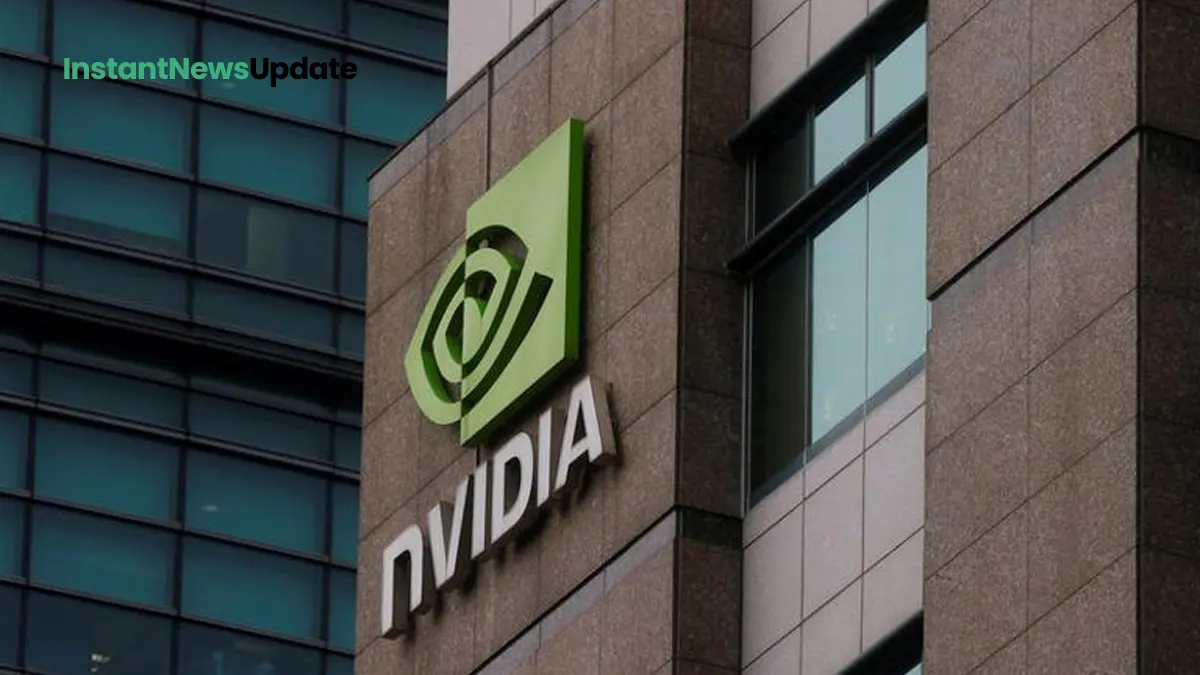In an era marked by rapid technological advancements, educational institutions worldwide are navigating the complex terrain of integrating artificial intelligence into the learning process. The emergence of AI-powered tools, such as ChatGPT, has sparked discussions on the potential benefits and challenges they bring to academia. Here, we delve into how universities are approaching the use of AI, its potential pitfalls, and the guidance provided by UNESCO.
AI in Academia: A Global Perspective
- Lund University, Sweden: At Lund University, teachers retain control over permitting students to utilize artificial intelligence for assignments.
- University of Western Australia: Staff engage in dialogues with students about the advantages and challenges of employing generative AI.
- University of Hong Kong: Embracing ChatGPT within defined boundaries.
The ChatGPT Phenomenon
Launched by Microsoft-backed OpenAI on Nov. 30, ChatGPT has rapidly become the world’s most rapidly adopted AI application. This milestone has stimulated the development of competitors like Google’s Bard. GenAI tools, including ChatGPT, leverage language and data patterns to produce content that closely mimics human work. This development has prompted discussions about its transformative potential across various fields, including academia.
Academia’s Conundrum
While GenAI offers the promise of processing vast amounts of information and data, enabling deeper critical analysis by humans, it also poses challenges. Academics face the existential threat of AI potentially outpacing human research efforts. Concerns are also raised about students relying on AI for coursework and the risk of plagiarism as AI-generated content improves over time.
UNESCO’s Guiding Hand
The United Nations Educational, Scientific and Cultural Organization (UNESCO) has responded to the AI surge by releasing the first global guidance on GenAI in education and academic research. This guidance outlines steps for national regulators, including data protection measures and revising copyright laws. It emphasizes the importance of equipping educators with AI skills.
Cheating vs. Helpful Tools
Some educators draw parallels between AI and the introduction of hand-held calculators in classrooms. Concerns about AI-facilitated cheating are raised, with questions about whether AI should be banned in academia. Turnitin, a widely used plagiarism-checking software, has introduced an AI detection tool to address this issue. However, it has found that only a small fraction of students use AI significantly for their coursework.
AI’s Limitations
Students experimenting with AI find it useful for basic summarization but emphasize the need for fact-checking, as AI cannot distinguish fact from fiction or right from wrong. Its knowledge is limited to publicly available internet data, which may not suffice for specific academic inquiries.
The Regulatory Landscape
Regulation in the AI education sector remains a work in progress. The European Union (EU) is at the forefront of AI regulations, though they do not explicitly address education. Britain is also working on guidelines for AI use in education post-Brexit. Singapore, a leader in teacher training for AI integration, is among the many countries developing AI strategies.
The Future of AI in Education
As AI continues its ascent in education, educators are urged to embrace its potential and collaborate with students to create responsible AI frameworks. The integration of AI into education is viewed as an irreversible transformation, one that future generations are likely to take for granted.
For more insights on how educators are addressing the AI revolution in classrooms, listen to the Reuters World News daily podcast.









